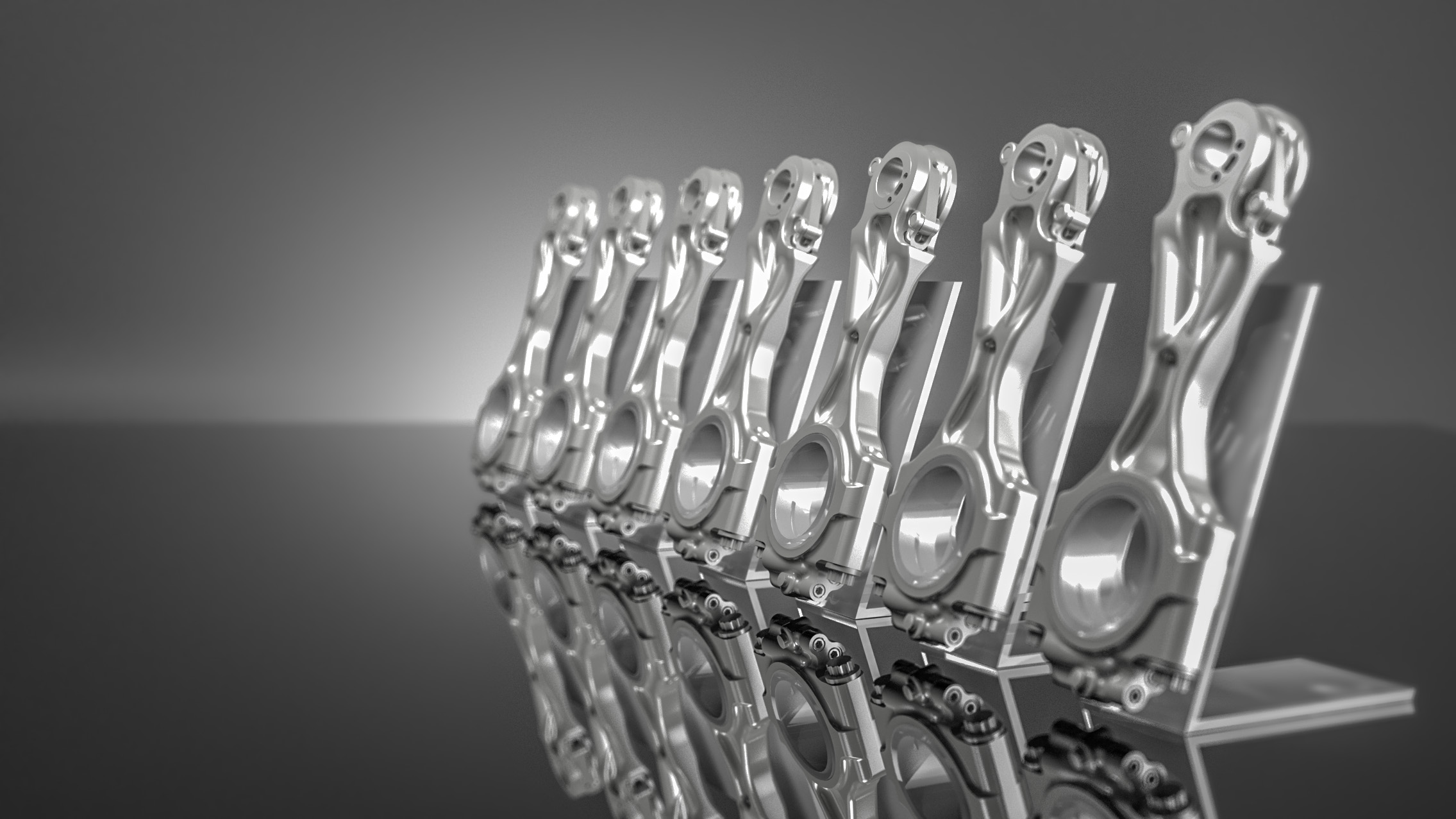

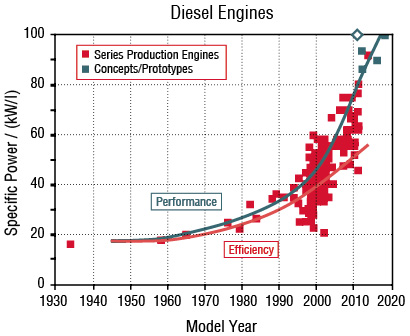
The ongoing trend of engine downsizing and supercharging has already achieved impressive results. The high specific power of today’s diesel engines brings the materials to their limits. These high peak firing pressures demand heavier and stiffer components -- bearing dimensions must be extended; higher mass forces occur; friction and frictional losses increase. In SI engines – especially when running on alternative fuels such as CNG – average peak pressures (p_max_mean) of up to 170 bar dramatically increase the tendency toward combustion knocking at higher engine speeds.
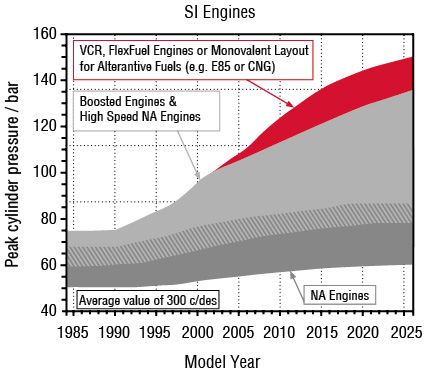
One measure to tackle these limitations involves varying the compression ratio during engine operation. Lower compression ratio at high load decreases pressures and temperatures at the end of compression. At part load, higher compression ratio improves fuel consumption and, hence, CO2 emissions.
Varying the compression ratio offers advantages for all engine concepts running on gaseous, liquid synthetic and bio-fuels with varying calorific values and knock resistance / ignition delay characteristics.
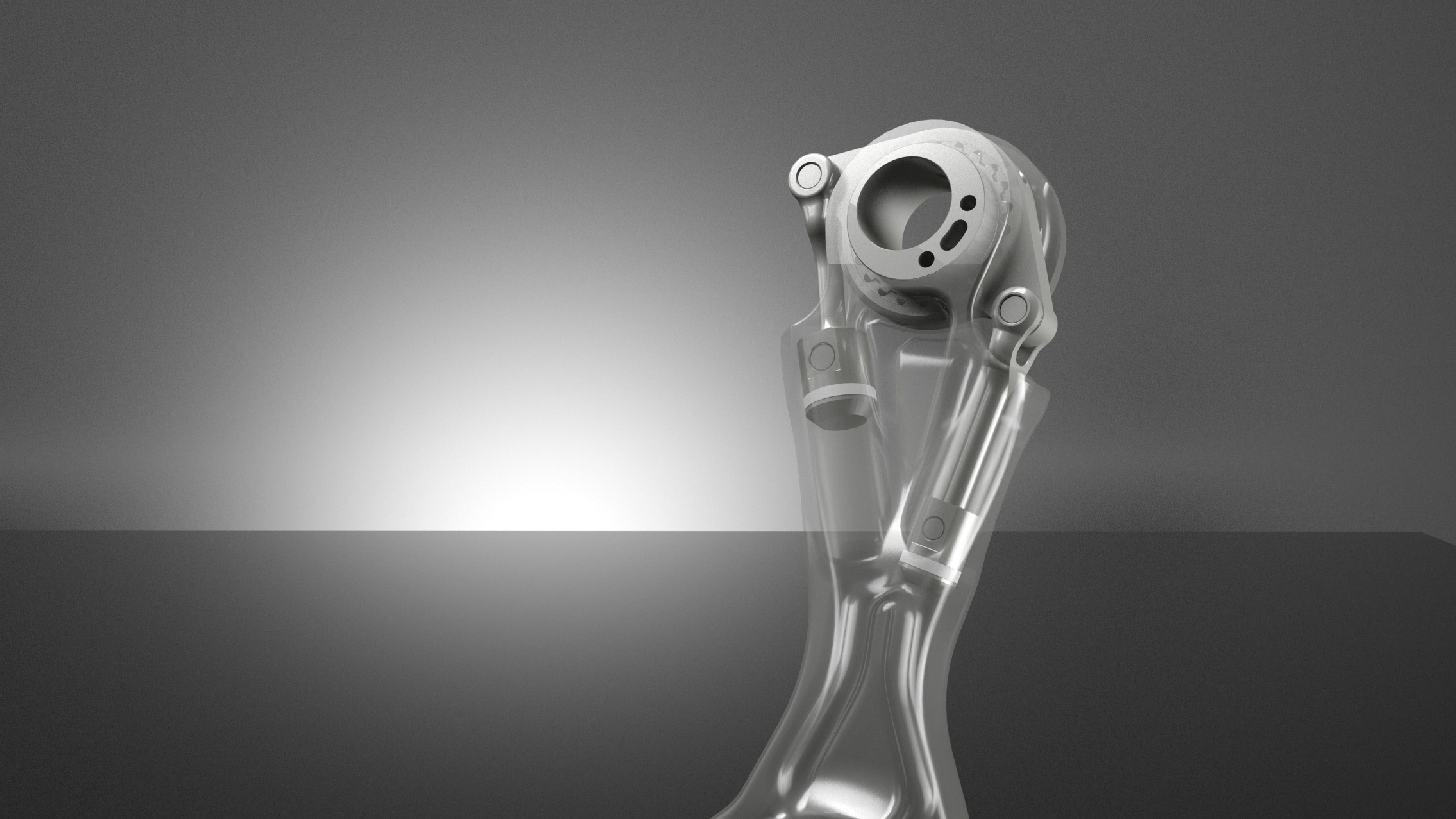
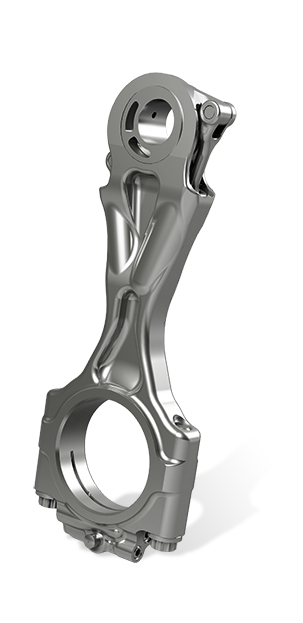
For more than two decades FEV has been involved in the design, development and testing of various prototype VCR concepts: As a result of continuous evaluation and research on various VCR concepts, today, FEV’s VCR solutions are at a very advanced stage. We offer systems that are designed to effectively achieve VCR on both spark ignition and diesel engines for passenger cars and heavy duty applications. In the advanced FEV system, compression ratio adjustment is realized by installing the piston pin bearing in a rotating eccentric. As a result, it completely relies on forces and moments related to movement of the piston for actuation and no external energy is necessary.
Thanks to its modular and compact design, the FEV VCR con-rod perfectly matches the current trends towards multipurpose engine platforms. VCR connecting rods can be utilized for all engine concepts including diesel, commercial, flex-fuel and the whole range of SI engine configurations – from inline to Boxer-type and with bores down to 70 mm.
FEV's passive VCR system relies on forces and moments related to the piston movement to adjust the eccentric for the change of compression ratio. With its unique design, including two hydraulic pistons within a corresponding chamber, the FEV system achieves CR transition within 0.2 to 0.6 seconds.
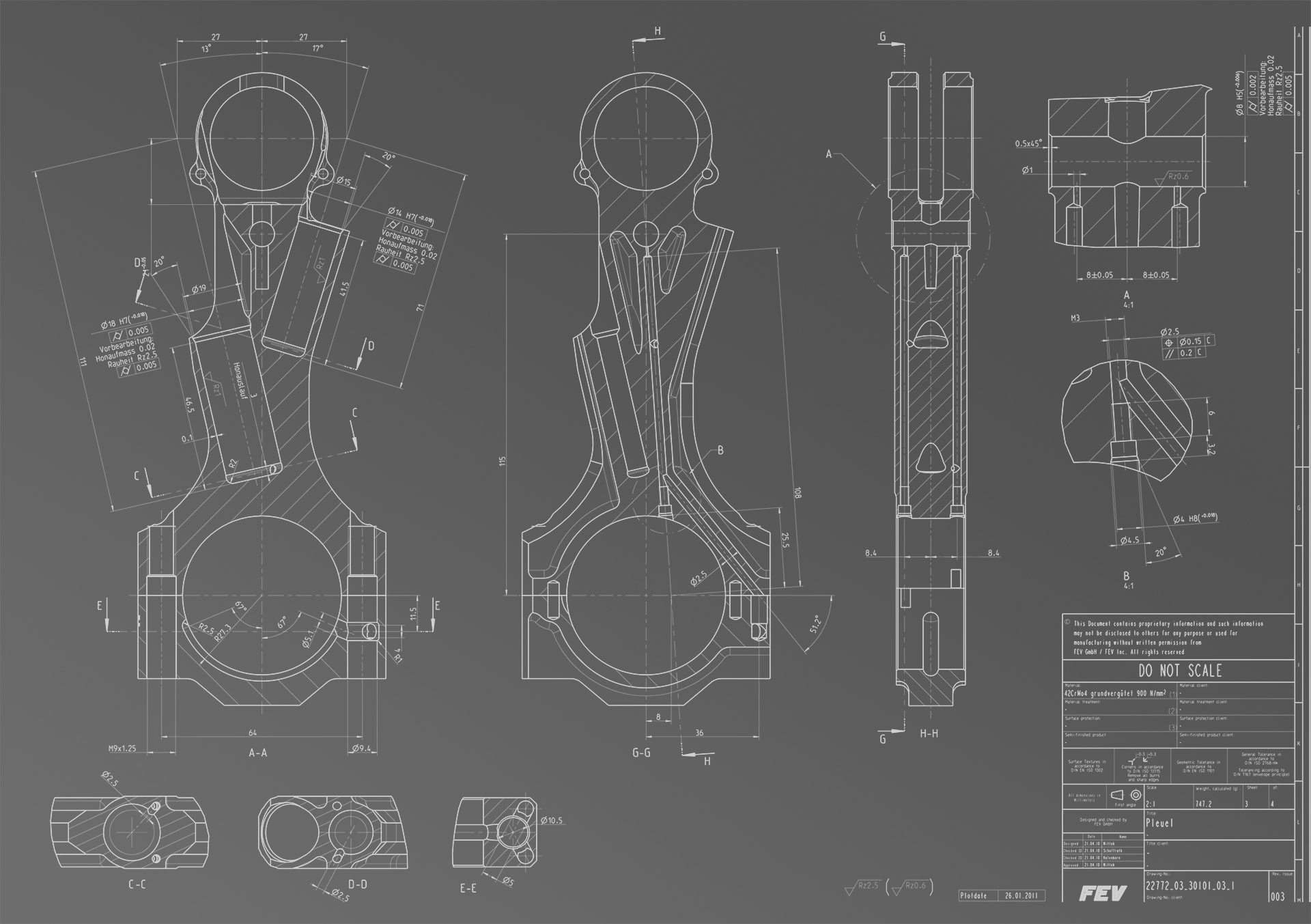
For several years FEV has been operating a Lotus Elise MK1 demonstrator vehicle. The demonstrator features a 1.8 L TC PFI engine downsized to 1.65 L, a 6-speed manual transmission and a VCR con-rod with CR stages of 8.8 and 12.0. The system has achieved impressive results and proven its reliability and road capability. In addition to this in-house demonstrator, FEV’s 2-stage technology is also currently being operated in various demonstrator vehicles at leading OEM sites.
On passenger car diesel engines, FEV research has already established that VCR can be used to substantially reduce the peak firing pressures required for a given power density without negatively affecting the engine’s part load behavior. This facilitates a reduction in friction losses and weight and allows more freedom in the design of intake and exhaust ports.
On heavy duty vehicle diesels, two-stage VCR can assist in compliance with legislated limits for NOX emissions at high loads. The technology makes using high EGR rates possible without exceeding limits for particulate matter (PM) and without resort to higher peak firing pressures.
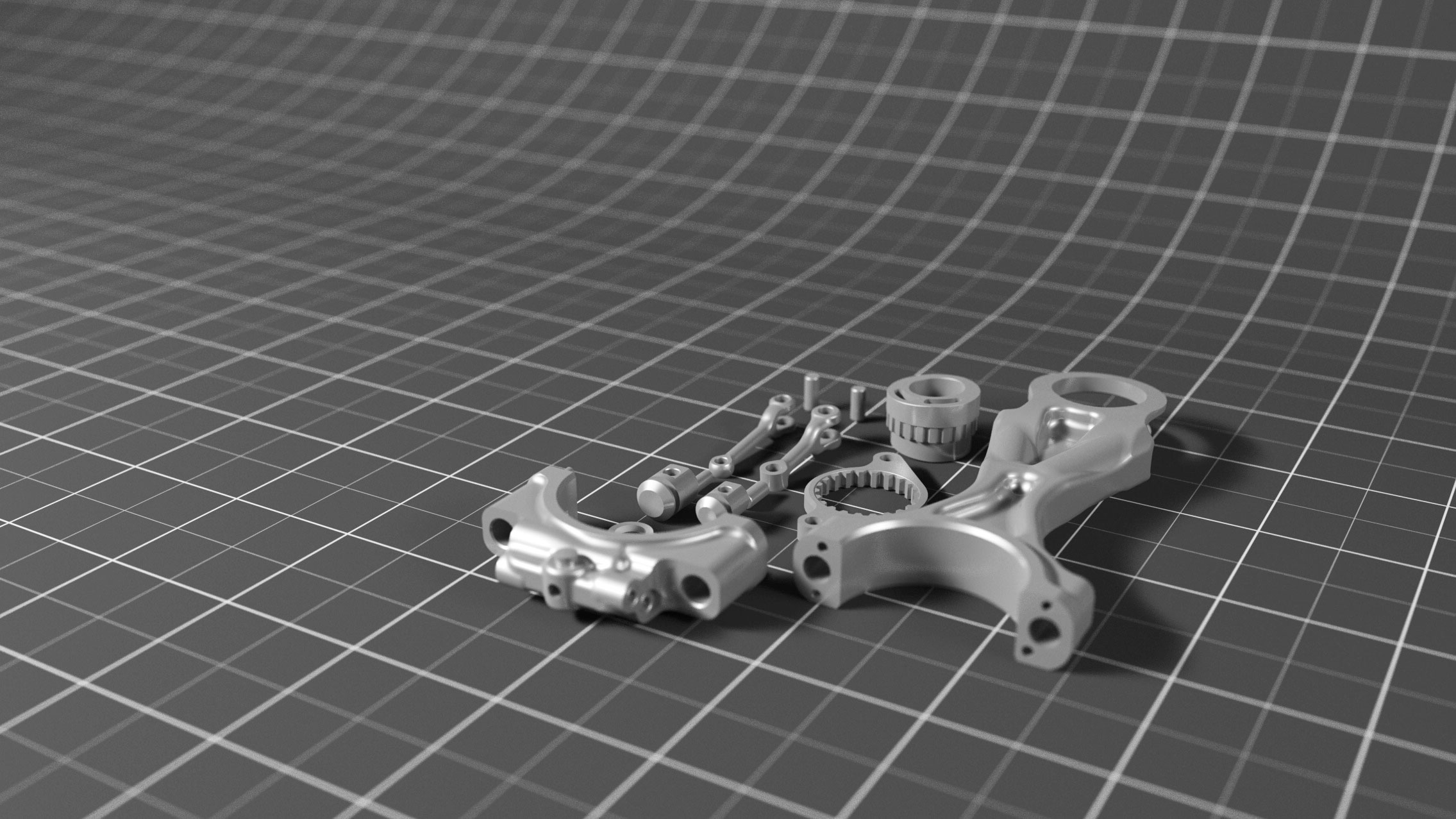

Department Manager Mechanics/VCR
